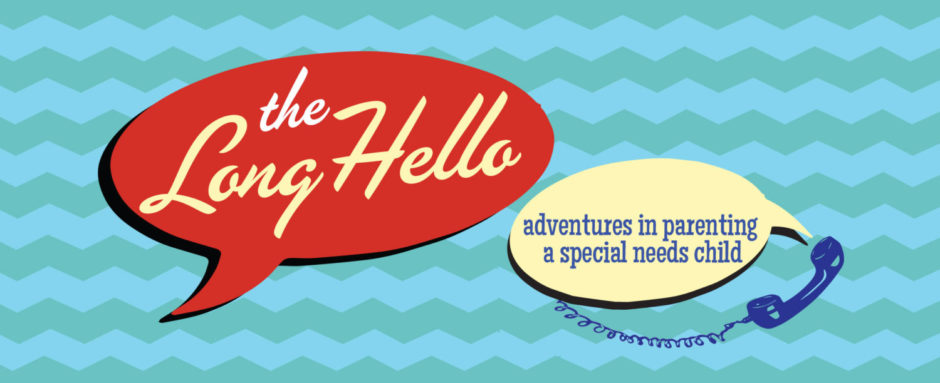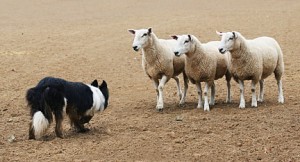For several years, our son with special needs has participated on recreational sports teams to develop his social skills and to get some exercise. He has played (and I use this term generously) soccer, basketball and baseball.
Coordinated and tall, he could master concrete drills like kicking the ball into the net or hitting a ball at batting practice, but struggled with abstract concepts such as which way to run (especially because teams switch directions at half-time) and even understanding why the other team was trying to take the ball from him.
Sitting on the sidelines during one basketball game, I watched my son’s teammates react to his inappropriate behavior. He got the ball, wouldn’t pass it to anyone, ran down the court without dribbling and tried to score a basket. They yelled at him, and laughed at his mistakes. At first, the ferocity of their response was startling, they brought to mind a snarling pack of dogs as they growled and scowled at him. And then I realized that was exactly the function their behavior served – they were acting as social sheepdogs, nudging and guiding their peers toward socially acceptable behavior – except my son was oblivious to their herding.
Once I understood the purpose of their behavior, I also realized that their bark and bite wasn’t intended to hurt in a lasting way, just to smart a bit and get you back in line with the group. My typically developing girls would never forget the embarrassment of their teammates laughing at them if they accidentally scored a point for the other team, and it would motivate them to learn from their mistake. My son? Not so much.
Although he has trouble learning appropriate behavior via social cues, my son can learn through deliberate and direct strategies that involve explanation, facilitation, modeling, repetition and practice. The sheepdogs can’t herd this particular sheep, but with the right support my son can still be part of the herd.

